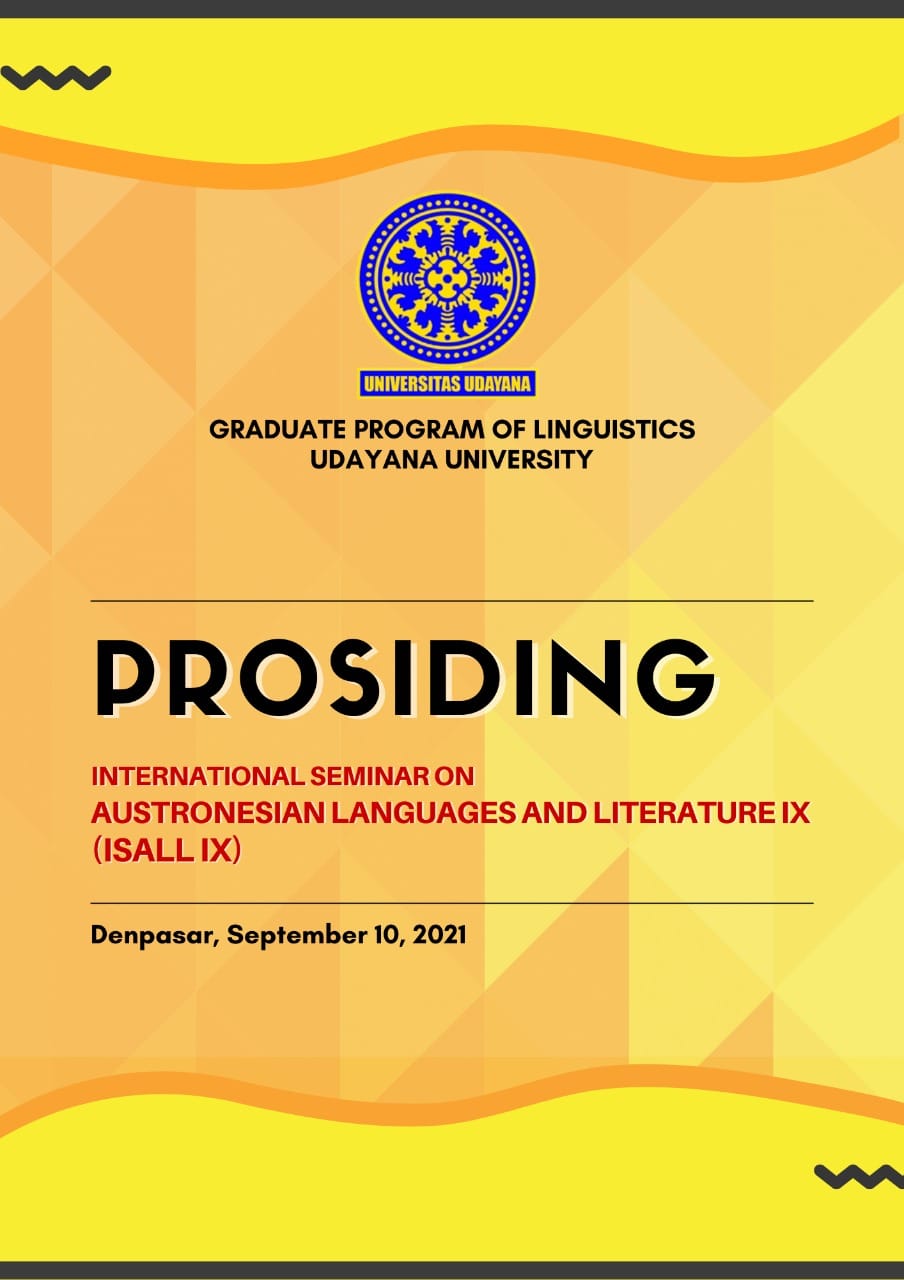Marriage and Social Status Complication in Jane Austen’s Emma Compared to Millennials’ Perspectives
Abstract
Marriage and social status always are intertwined in human life. Both are reflected on Jane Austen’s setting of the novel Emma when Victorian era had strong belief on marriage with the same social class which was dominantly shown in upper class people. The problem found in the novel is how social status influences people to decide with whom they will marry. In line with that situation, millennial generation (born in 1981-1996) also has nearly similar point of views related to marriage and social status in their life discussed in this study. By analyzing the data qualitatively, this study raised the specific conditions about marriage and social status experienced by the novel characters and millennial generations based on a research survey. Three couples in the novel experienced their marriage stunted by different social class between lower and upper class. Meanwhile, after conducting a survey to the millennial correspondents, most of them agreed that marriage is important and 33.3 % correspondents have no concern to social status. About 58.3% correspondents thought that marrying someone with the same social status is happier. Moreover, 66.7% voted that social status influences someone to decide with whom they will marry.
References
Barroso, Amanda, et al. (2020). As Millennials Near 40, They’re Approaching Family Life Differently Than Previous Generations. Retrieved from https://www.pewresearch.org/social-trends/2020.
Marcus, Greil and Sollors, Werner (eds.). (2009). A New Literary History of America. Cambridge: Harvard University Press.
McDonnell, Cheryl Ann. (2018). Marriage in Victorian England. (Theses Project, Bridgewater State University). Retrieved from https://vc.bridgew.edu/cgi/viewcontent.cgi?article=1420&context=honors_proj.
Klarer, M. (2004). An Introduction to Literary Studies. London: Routledge.
Perron, Jacqueline. (2020). The Perspectives of Men Ages 24 to 40 on Marriage: A Qualitative Study. Journal of Advanced Generalist Social Work Practice. Retrieved from https://springfield.edu/sites/default/files/inline-files/SC_Graduate_Social_Work_Journal_2020_Article6.pdf.
Picchi, Aimee. (2019). How marriage became a status symbol for millennials. Retrieved from https://www.cbsnews.com/news/how-marriage-became-a-status-symbol-for-millennials/.
Wang, W., & Taylor, P. (2011). For Millennials, Parenthood Trumps Marriage. Pew Research Center, Social & Demographic Trends.


